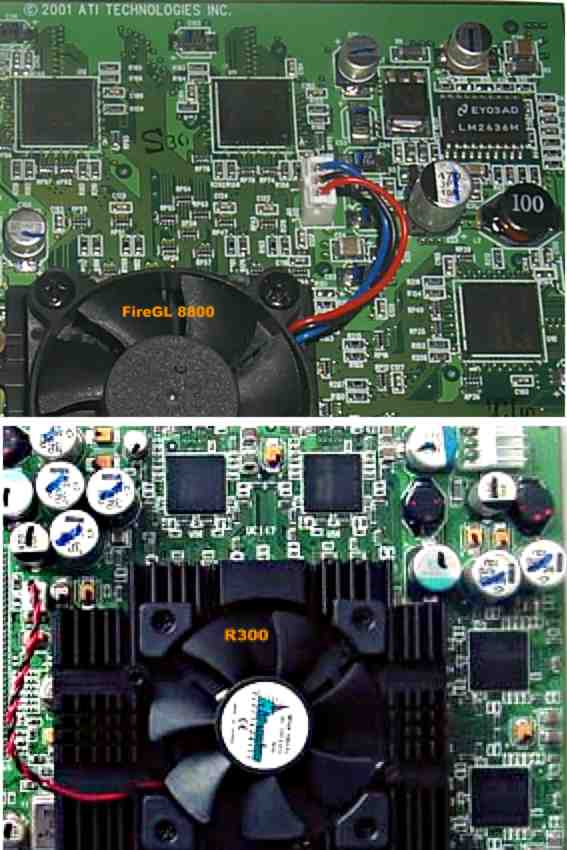Taken from Nvnews:
The announcement July 17th?! (that was already noted in one of the posts here, but still...)
Exciting times are ahead!!
Edit:
For anyone intrested, full news here:
http://www.theinquirer.net/?article=4431
Intresting Notes:
R300 Specifications - 7/15/02 10:33 am - By: Typedef Enum - Source:
The Inquirer has posted what appears to be the final specs on the R300. In addition, it now seems like a virtual lock that ATI is, indeed, going to unveil the R300, along with the RV250 on the 17th of July.
The basic specs look like this:
315 MHz core clock
8 Pipelines
107 million transistors
.15u technology
External power (a-la 3dfx)
Four Vertex Shader units
Pixel/Vertex Shader 2.0 Support
VideoShader (accelerate MPEG video)
16X Anisotropic Filtering
~15,000 3DMarks (yeah!)
400 million poly/sec. throughput
If ATI is true to their word, the R300 should become available within a minimal amount of time after being launched. The speculation is that late August to early September would be a good ballpark.
The announcement July 17th?! (that was already noted in one of the posts here, but still...)
Exciting times are ahead!!
Edit:
For anyone intrested, full news here:
http://www.theinquirer.net/?article=4431
Intresting Notes:
The card will have support for 16X anisotropic filtering and will be able to deliver 400 million polygons/s, which, even to a spod like me, seems to be bverging on overkill. If we assume that we need 14 FPS you will be able to get 16,6 million polygons per frame. That is amazing number, if we may say so. Today's top fancy demos use less than one million, so you can imagine how good this card will be.
Performance-wise, as we said you will be able to see 15,000 3DMarks on a P4 platform, where Geforce 4 would not give more than 12,000. We are talking about non-overclocked systems, and recognise you can get even more with faster Pentiums and overclocked cards.


